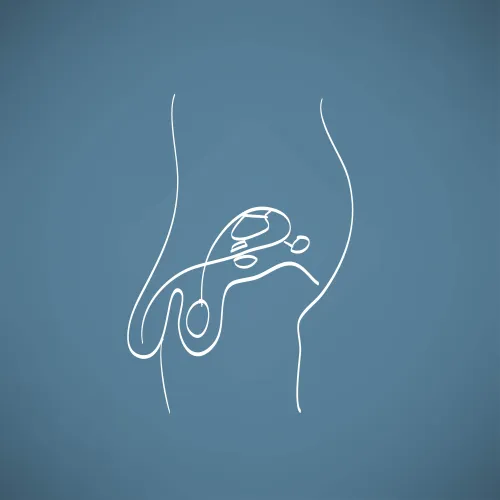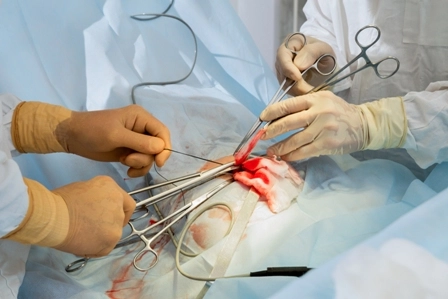Don't Miss These Expanded Options for Hydrocele Reporting

ICD-10 takes you from 1 to 4 choices.
When your urologist diagnoses a hydrocele (a fluid-filled sac surrounding a testicle that causes swelling in the scrotum), your coding choices under ICD-9 were as simple as possible: you reported 603.9 (Hydrocele). Now when you file claims with ICD-10 diagnoses, you have four code choices that will allow you to report more specifics about the patient’s condition:
As with any other coding (and especially with ICD-10 diagnostic codes), it’s better to have the details to support one of the more specific diagnoses instead of submitting the “unspecified” alternative. That means your providers need to be aware that their documentation can lead you to one diagnosis over another, and that code selection may affect your bottom line.
Distinguish Between the Two Types
Hydroceles are classified as either communicating or non-communicating.
A communicating hydrocele has contact (or communication) with the fluids of the abdominal cavity. This type of hydrocele is caused by the processus vaginalis failing to close completely during prenatal development. If this membrane remains open, the patient could potentially develop a hernia as well as a hydrocele. Communicating hydroceles are seen most often in male infants and very young male children.
A non-communicating hydrocele, by contrast, does not communicate with the abdominal peritoneal cavity. This condition might be present at birth or might develop years later for no obvious reason. A non-communicating hydrocele usually remains the same size or has a very slow growth.
Know What Each Code Represents
Another term for non-communicating hydrocele is encysted hydrocele. If you see this in your provider’s notes, choose N43.0 as the diagnosis.
When the urologist diagnoses an infected hydrocele, report N43.1 – but don’t stop there. ICD-10 guidelines direct you to include an additional code from B95-B97 to identify the infectious agent if known. These codes represent bacterial and viral infectious agents:
Each of these code groups has fourth (and sometimes fifth) digits to help you drill down to the specific agent.
Other causes of a hydrocele formation include direct trauma to the scrotum and following inguinal surgery, such as a hernia or varicocele repair.




